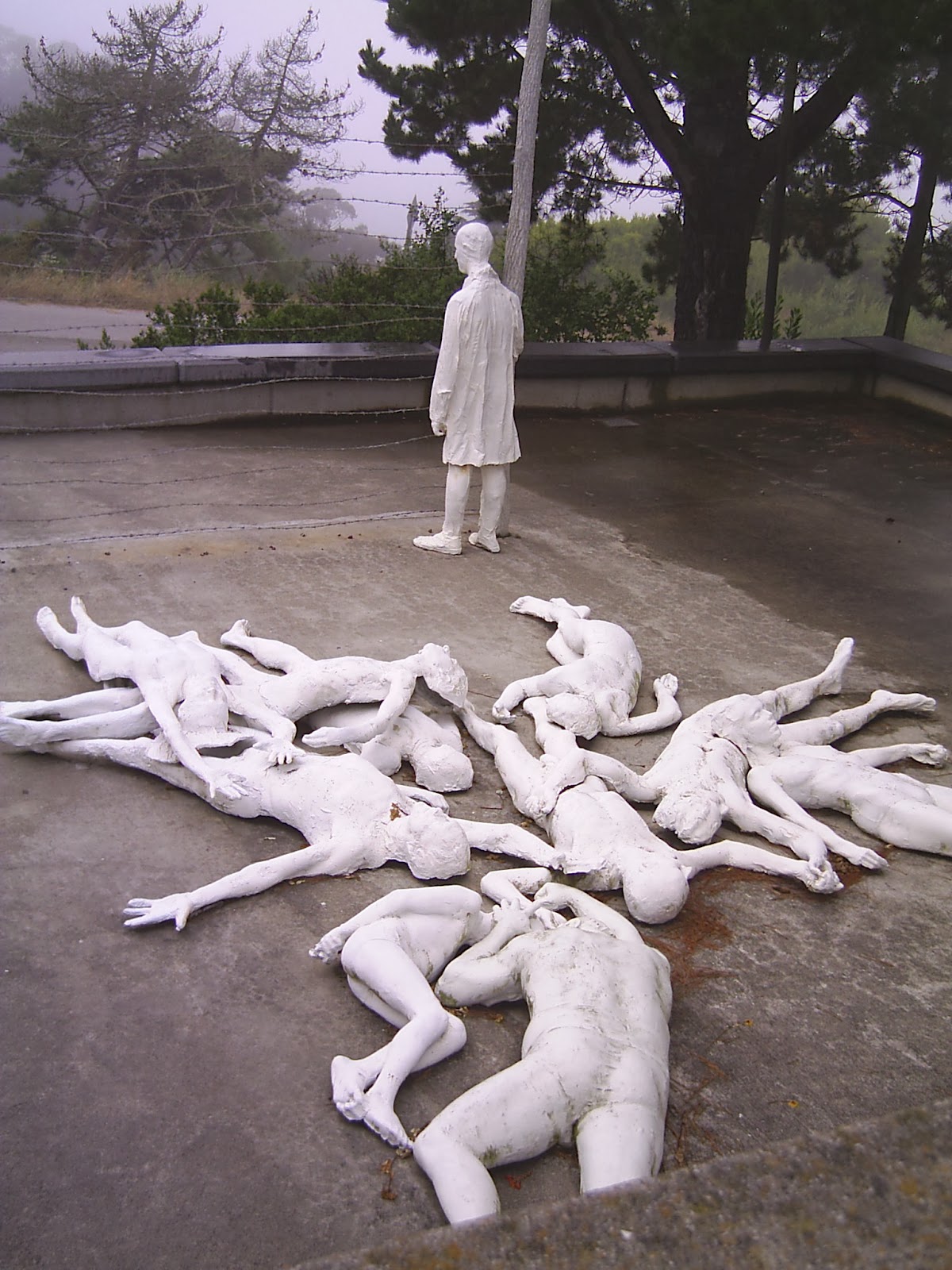(Pix (c) Larry Catá Backer 2014)
I have been writing about the consequences of the wellness wars at Penn State. (Penn State's New "Wellness Program" in the News (UPDATED Through 8 August 2013)). These consequences have affected not merely relations between faculty and administration (e.g., The Wellness Wars Continue--A Task Force is Constituted and the Institutional Role of the Faculty is Reduced in Function). It has also brought attention to the issue of the duty of loyalty that a Senate Chair owes to the representative body of the Senate of which he is a part (e.g., The Wellness Wars and the Corruption of Shared Governance--The Fallout Continues).
These consequences have not gone unnoticed by Faculty Senators. At the
University Faculty Senate meeting held December 10, 2013, two motions
were presented for faculty consideration and vote at the January 2014
meeting. The first appears effectively as a censure motion; it condemns the Senate leadership for breach of their duty to the Senate and a
failure of fidelity to the core responsibilities of their office. The
second is an engagement motion. It seeks to inject the Senate back into
the process of deliberation of the scope and character of changes to
the university's wellness programs in ways that the Task Force was meant
to preclude. These motions suggest both the extent of the damage done
and the efforts undertaken to repair, to some extent, the weakening of
shared governance.
At the January 28, 2014 Penn State University Faculty Senate meeting, both motions were passed. It remains to be seen what, if any effect, that passage will have on the way in which the Senate leadership approaches its task and the university administration listens. No official word has been distributed.
Both motions follow:








.jpg)